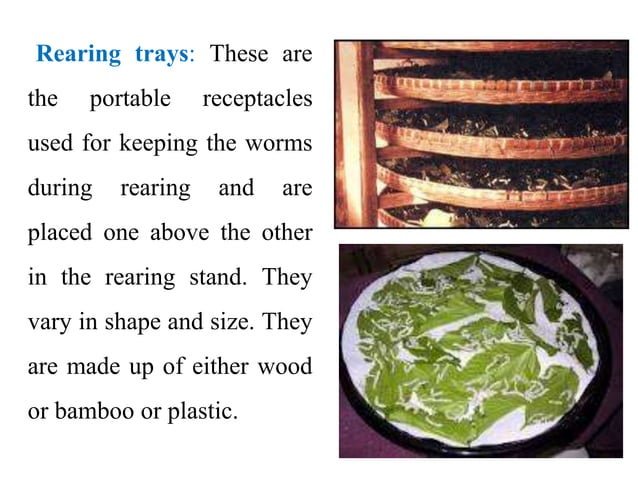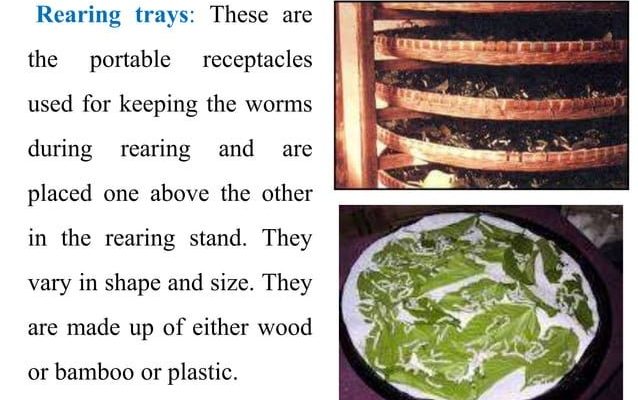
To help you start this exciting venture, keeping a detailed rearing log can make all the difference. Think of it as your diary of the silkworms’ lives—a way to track their growth, health, and feeding habits. With a well-organized log, you’ll pinpoint what works and what doesn’t, making your silkworm rearing experience successful and enjoyable. In this article, we’ll dive into various templates and methods to help you create a beginner-friendly rearing log.
Understanding Silkworms and Their Life Cycle
Before getting into the nitty-gritty of rearing logs, let’s talk about silkworms (Bombyx mori). These little creatures are the larvae of the silk moth, and they have a pretty straightforward life cycle. It begins as an egg, hatches into a larva (the silkworm), and eventually turns into a moth. Each stage has its specific needs that you’ll need to monitor closely.
As a beginner, it’s essential to familiarize yourself with the life stages:
- Egg Stage: The eggs are tiny and can be stored for a short time before hatching.
- Laval Stage: Once hatched, the larvae will eat large amounts of mulberry leaves.
- Pupal Stage: After a few weeks, they form cocoons, which is where the silk is produced.
- Moth Stage: Finally, they emerge as adult moths ready to mate.
Keeping an eye on these stages will help you understand when to feed and care for your silkworms properly. This knowledge is crucial for maintaining their health and maximizing silk production.
The Importance of a Rearing Log
Now that we know a bit about the silkworm’s life cycle, let’s discuss why keeping a rearing log is so important. Honestly, without tracking their growth and habits, you might miss key indicators of their health and development.
A rearing log can help you:
- Monitor Growth: You’ll track sizes and weights at different stages.
- Analyze Feeding Habits: By noting what types of leaves they prefer, you can optimize their diet.
- Identify Health Issues: Keeping track of their behavior helps in spotting any problems early.
- Record Environmental Conditions: Documenting temperature and humidity can help you create an ideal habitat.
Think of it this way: tracking your silkworms is like having a map for a road trip. It shows you where you’ve been, where you’re heading, and helps you avoid any bumps along the way.
What to Include in Your Silkworm Rearing Log
You might be wondering, what exactly should I jot down in my log? Here’s a simple breakdown of essential items to include that will help you stay organized and informed:
- Date: Record the date of every entry. This helps in tracking growth over time.
- Life Stage: Note which stage the silkworms are currently in (e.g., egg, larva).
- Size and Weight: Measuring your silkworms will give you insight into their growth patterns.
- Feeding Details: Write down how much and what type of leaves you fed them.
- Health Observations: Keep an eye out for any unusual behaviors or signs of disease.
- Environmental Conditions: Record the temperature and humidity levels of their habitat.
These details might seem trivial at first, but they will tell you a story about your silkworms. As you gather more information, you’ll start to notice patterns and develop a rhythm in your rearing practice.
Creating Your Silkworm Rearing Log Template
You can keep a silkworm rearing log in various formats—whether it’s on paper, in a spreadsheet, or even a simple note-taking app. What matters is that it works for you. If you’re more of a digital person, a template in a spreadsheet can make data entry quick and easy. Let’s look at what a sample template might look like:
| Date | Life Stage | Size (mm) | Weight (g) | Feeding (Type/Amount) | Health Observations | Temperature (°C) | Humidity (%) |
|---|---|---|---|---|---|---|---|
| MM/DD/YYYY | Larva | 20 | 0.5 | Mulberry leaves (50g) | Healthy, active | 22 | 65 |
Feel free to modify this template based on your preferences. You can add sections for personal notes or additional observations.
Tips for Effective Silkworm Rearing
As a beginner, you might face some roadblocks along the way. But don’t worry! Here are a few tips to make your silkworm rearing journey smoother:
- Choose Quality Eggs: Start with healthy, high-quality silkworm eggs from a reputable source.
- Environmental Control: Maintain steady temperature and humidity levels to create a comfortable habitat.
- Clean Feeding Habits: Regularly replace old leaves to prevent mold and ensure fresh food.
- Patience is Key: Give your silkworms time to grow; they won’t become moths overnight.
Remember, every mistake is a learning opportunity. If something doesn’t go as planned, log it in your rearing log. Over time, you’ll build a treasure trove of insights that will guide you through each stage of silkworm rearing.
Common Challenges and Troubleshooting
Just like any hobby, silkworm rearing comes with its share of challenges. You might run into a few bumps along the road. Here are some common issues and tips on how to troubleshoot them:
- Moldy Leaves: If you notice mold, it’s crucial to remove affected leaves immediately and ensure proper ventilation in their habitat.
- Unhealthy Silkworms: If your silkworms appear sluggish or discolored, check the temperature and humidity levels—both can greatly affect their health.
- Feeding Issues: If they’re refusing food, consider changing the type of leaves or adjusting the amount you’re offering.
Every challenge is a chance to learn. Keeping your rearing log updated with these observations will not only improve your skills but also make your silkworm rearing experience more rewarding.
Wrapping It Up
Getting into silkworm rearing can be a delightful and educational journey. By using a structured rearing log, you can track your silkworms’ growth, health, and feeding habits—all essential for becoming a successful silkworm farmer.
So, grab some eggs, create your rearing log template, and enjoy the process of nurturing these incredible little creatures. After all, who knows? You might just end up with a stunning collection of silk—and plenty of stories to tell about your experience! Happy rearing!

